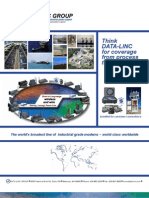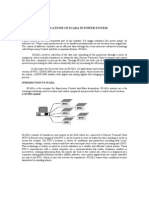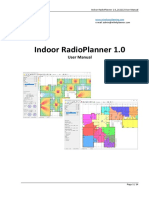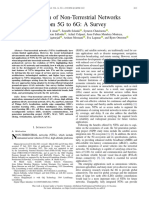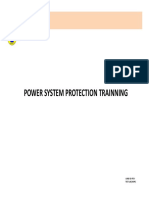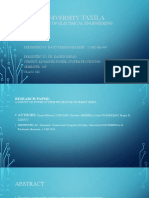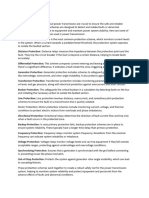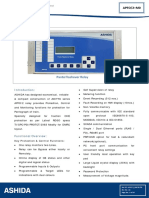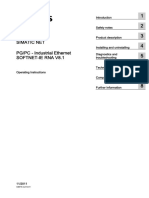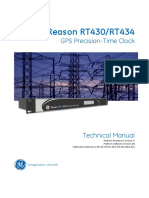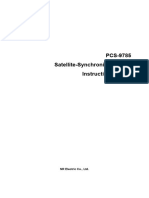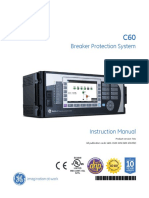0% found this document useful (0 votes)
31 views37 pagesModule 03 Smart Grid Applications and Services
The document discusses Smart Grid applications and their telecommunication needs, categorizing them into generation, transmission, distribution, and customer segments. It highlights the importance of various systems such as SCADA, EMS, and protection systems in managing electricity supply, ensuring grid stability, and automating operations. Additionally, it covers the integration of distributed energy resources and the role of communication protocols in enhancing the efficiency of Smart Grid operations.
Uploaded by
kamran khanCopyright
© © All Rights Reserved
We take content rights seriously. If you suspect this is your content, claim it here.
Available Formats
Download as PDF, TXT or read online on Scribd
0% found this document useful (0 votes)
31 views37 pagesModule 03 Smart Grid Applications and Services
The document discusses Smart Grid applications and their telecommunication needs, categorizing them into generation, transmission, distribution, and customer segments. It highlights the importance of various systems such as SCADA, EMS, and protection systems in managing electricity supply, ensuring grid stability, and automating operations. Additionally, it covers the integration of distributed energy resources and the role of communication protocols in enhancing the efficiency of Smart Grid operations.
Uploaded by
kamran khanCopyright
© © All Rights Reserved
We take content rights seriously. If you suspect this is your content, claim it here.
Available Formats
Download as PDF, TXT or read online on Scribd
/ 37









